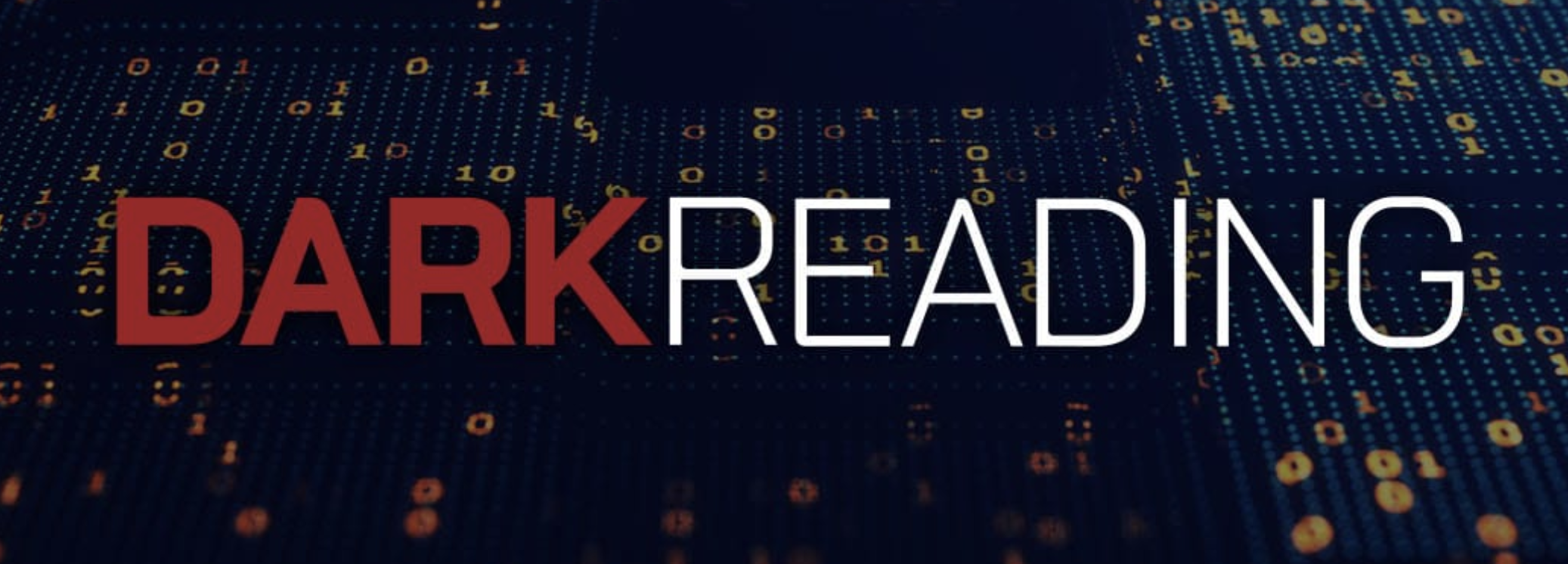
- 5 June, 2020
The Many Shades of Knowledge Graphs: Let Me Count the Ways
Dr. Jans Aasman was quoted in this article:
As such, it’s imperative to understand that all graphs are not equal; there are different types and functions ascribed to the various graphs vying for one another for the knowledge graph title. Since the critical function of knowledge graphs is to make data exchangeable across systems while detecting relationships between data elements, one of the pivotal aspects of its definition is “knowledge graphs are built on top of ontologies and taxonomies and terminology systems,” maintained Franz CEO Jans Aasman.
As Aasman observed, “The world’s big: there’s many concepts that you need to agree on before you can build a useful knowledge graph.”
Still, those capabilities are responsible for harmonizing all data for reasoning and machine learning. Aasman recalled a use case in which a large hospital system leveraged taxonomies and ontologies for unifying “patient data from all over the place, whether it’s in a data warehouse, separate databases, in their ICU from various means, HL7 [Health Level Seven] streams.” The healthcare provider can then run machine learning on the resultant patient entity trees, or use them to build more complex AI models.
Aasman specified that when harmonizing various patient data for “reasoning, you want to reason with a combination of the patient data with the life sciences biological knowledge.” In this case, a corpus would include knowledge from medical journals or research studies. Knowledge graphs can include this information for intelligent inferences that derive new facts by reasoning about (or combining) others, fortifying machine intelligence.
Read the full article at AI Time Journal







